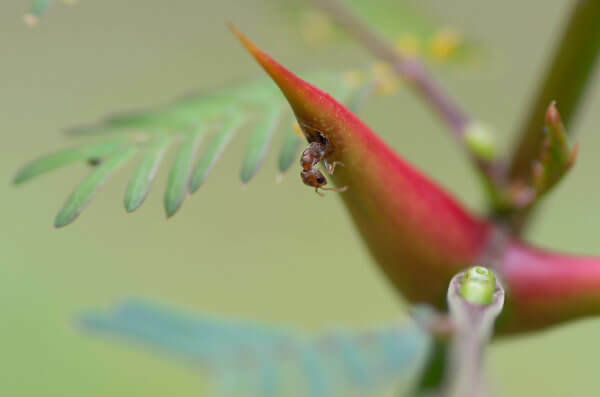You worms belong to the Animalia Kingdom and most are known for having a flat or elongated body, without legs, soft, with the head and tail practically equal to the rest of the body.
They have a great capacity for regeneration, and often have complex life cycles that alternate between sexual and asexual phases. They have monoecious (each individual has both reproductive systems) and dioecious (each individual has only one reproductive system).
Many species that parasitize animals, causing disease, need more than one host species to complete their life cycle. Species that need only one host to complete their life cycle are called monogenetic; while species that need two hosts are called digenetic, as is the case of the flatworm Schistosoma mansoni, which has human and molluscs as hosts.
When the species is digenetic, it has the intermediate host it's the ultimate host. O intermediate host is what houses the asexual phase, while the ultimate host it houses the sexual phase.
Some worms are free-living, but many are parasitic and disease-causing in animals (including humans). Generally, worms do not lead to the death of the host, because if the host dies, the parasitic worm will lose its home and food source, which will not be to its advantage.
Some parasitic worms are acquired due to the lack or precariousness of basic sanitation, but other parasitic worms have vectors that spread the disease, such as elephantiasis, whose intermediate host is the female of the mosquito culex.
In this section you will find many texts related to diseases caused by parasitic worms, and learn more about the symptoms, treatment and prophylaxis of each disease.
Good studies!
Paula Louredo
Graduated in Biology
Source: Brazil School - https://brasilescola.uol.com.br/doencas/doencas-causadas-vermes.htm



